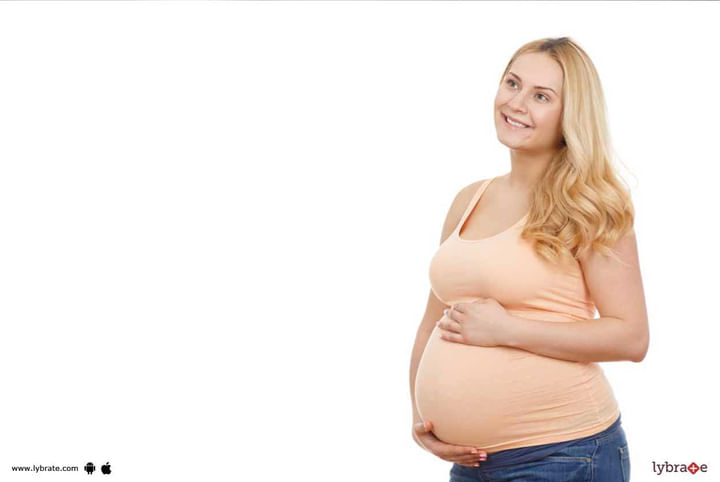IVF - How Different It Is From Tubal Ligation Reversal?
There are many different modes of contraception available to women today. Tubal ligation is considered the most effective amongst these. This involves permanently blocking the fallopian tubes by clipping, cutting or burning them. The only downside to this form of contraception is its permanence. Conceiving a child after tubal ligat ion is difficult but not impossible. The two modes of treatment available to women who have undergone this procedure are tubal ligation reversal and IVF.
As the name suggests, a tubal ligation reversal procedure reconnects the fallopian tubes. This procedure involves making a 10-15cm incision in the lower abdomen. Tiny stitches are then used to reconnect the two blocked ends of the fallopian tubes. This procedure is usually performed while the patient is under general anaesthesia and could involve a few days hospital stay. A tubal ligation reversal procedure can also be performed as a keyhole procedure. This procedure gives a woman a chance to conceive naturally. The younger the woman is, the higher are her chances of conception after this procedure. In the case of patients over the age of 40 years, the chances of a successful conception after this procedure are very slim.
IVF or In vitro fertilization involves harvesting the eggs from the patient’s ovaries, fertilizing them in a lab and then reintroducing the embryo into the patient’s uterus. When it comes to assisted reproductive therapy, IVF is more successful than a reverse tubal ligation. Another advantage of IVF over reverse tubal ligation is the fact that with IVF the woman will still have an efficient form of birth control even after the pregnancy. IVF also does not need any hospitalization. One of the downsides of a reverse tubal ligation is the high risk of a tubal ectopic pregnancy. In this case, the fertilized egg is implanted outside the uterus. This type of pregnancy cannot usually be taken to full term and can be life-threatening for the woman.
On the flip side, IVF can often need repeat cycles which often works out to be quite expensive. These costs can be an issue for a woman who wants more than one child. In the case of reverse tubal ligation, the costs are a one-time investment.
One of the other common side effects of IVF is multiple pregnancy. For women who do not want more than one child, this can again be a problem. Thus, both forms of treatment have their advantages and disadvantages.
The best form of treatment for you can be decided only by a fertility expert. In case you have a concern or query you can always consult an expert & get answers to your questions!



+1.svg)
